A Visit To Kumamoto Castle After Earthquakes
How would a castle look like after an earthquake in Japan?
I visited Kumamoto recently to see whether it has recovered after severe earthquakes that struck in 2016 and especially to observe the current state of Kumamoto castle.
The Kumamoto castle was still damaged during my visit, and it revealed how terrible the earthquake was.
About the 2016 Earthquakes in Kumamoto, Japan
In April 2016, there was a series of earthquakes hit Kumamoto.
The foreshock earthquake with a magnitude of 6.2 occurred on April 14th. Then the mainshock with a magnitude of 7.0 struck in the early morning of the 16th.
Both earthquakes caused severe damage to Kumamoto and Oita Prefectures. I was studying in Beppu Oita at that time, and it was a terrible experience that still haunted me a few months after.
Visiting Kumamoto Castle
While walking along the border, you can see the earthquake’s destruction. One part of the fortress was collapsed in the picture below.

There is information regarding the impact of the 2016 earthquake on Kumamoto Castle. It’s in Japanese, but you can see how Kumamoto castle suffered from it.
- Read related article: Useful tips to travel to Japan on a budget.
The destructions
The tower below is the only one not having any damages from the earthquake. It becomes the icon that represents the spirit of Japan and the Japanese.
Despite the earthquake and natural disasters, Japan can withstand and recover.

However, after that turret, the destruction of the 2016 earthquakes appear.
The foundations of many turrets were damaged, the walls crumbled, many roof tiles fell, and entire structures collapsed.
Walking in the park, there is more and more destruction. Even though I was in Oita during the earthquakes, I couldn’t believe the damages from the shocks to Kumamoto.
From one side, I thought that turret “escaped” the devastation; however, its foundation was destroyed. The internal damage must be dreadful.

The current construction of Kumamoto castle
In one part of the park, you can see the ongoing development of Kumamoto castle. Many rocks and former parts of the walls have been collected, numbered, and arranged.
The city hopes to reopen the central area of Kumamoto castle in spring 2021.
There are other areas surrounding the Kumamoto castle that you should visit, such as Sakuranobaba Johsaien, Katō Shrine, Kumamotojoinari Shrine, etc.
Visiting Sakuranobaba Johsaien
Crossing the bridge, you will enter the gate of Sakuranobaba Johsaien first. Here is the entrance.
What is Sakuranobaba Johsaien?
Sakuranobaba Johsaien is a Japanese tourism area located next to Kumamoto Castle.
In this area, you can buy souvenirs in shops, try local foods at restaurants, and visit museums detailing the history of Kumamoto.
Things to buy in Kumamoto
If you’d like to buy some souvenirs for your family, Sakuranobaba Johsaien is one of the best places to purchase them.
There are several choices, from local sweets to handmade products. All the products have a Kumamoto mascot character on them, so it’s a good reminder of your trip to Kumamoto.
Katō Shrine Shrine (加藤神社)
Katō Shrine is a shrine in Kumamoto Castle. From this shrine, you can get a view of the castle.
How to get to Kumamoto castle?
1) From Kumamoto Airport to Kumamoto by private transfer
Good points:
- Comfortable ride to or from the airport
- Door-to-door service with a professional driver
- Avoiding the stress and hassle of worrying about public transport
2) From JR Kumamoto Train Station
You can take a tram from JR Kumamoto Train station and get off at Kumamoto Castle tram stop. You cannot enter the main gate because the castle is currently under construction.
Therefore, you should walk to the left for around 10 minutes and reach the gate near Sakuranobaba Johsaien – for local eating and shopping area.
Pin it for later!



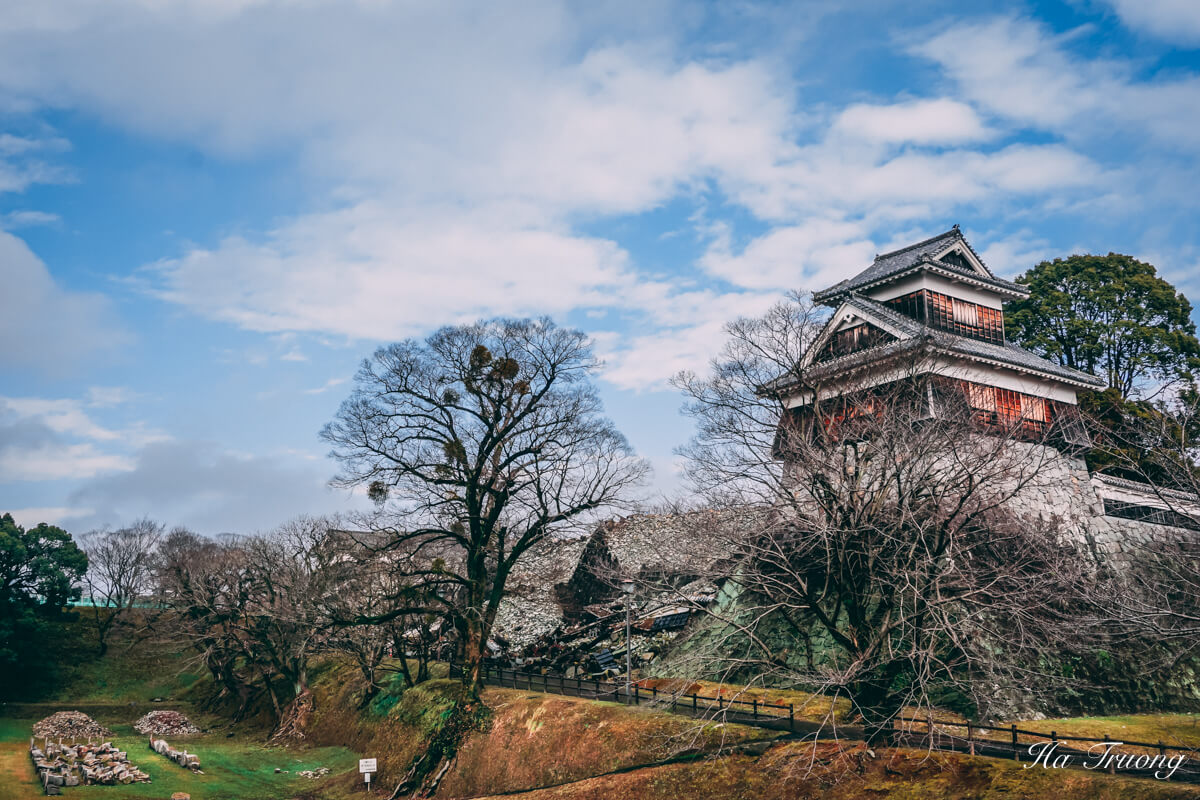






















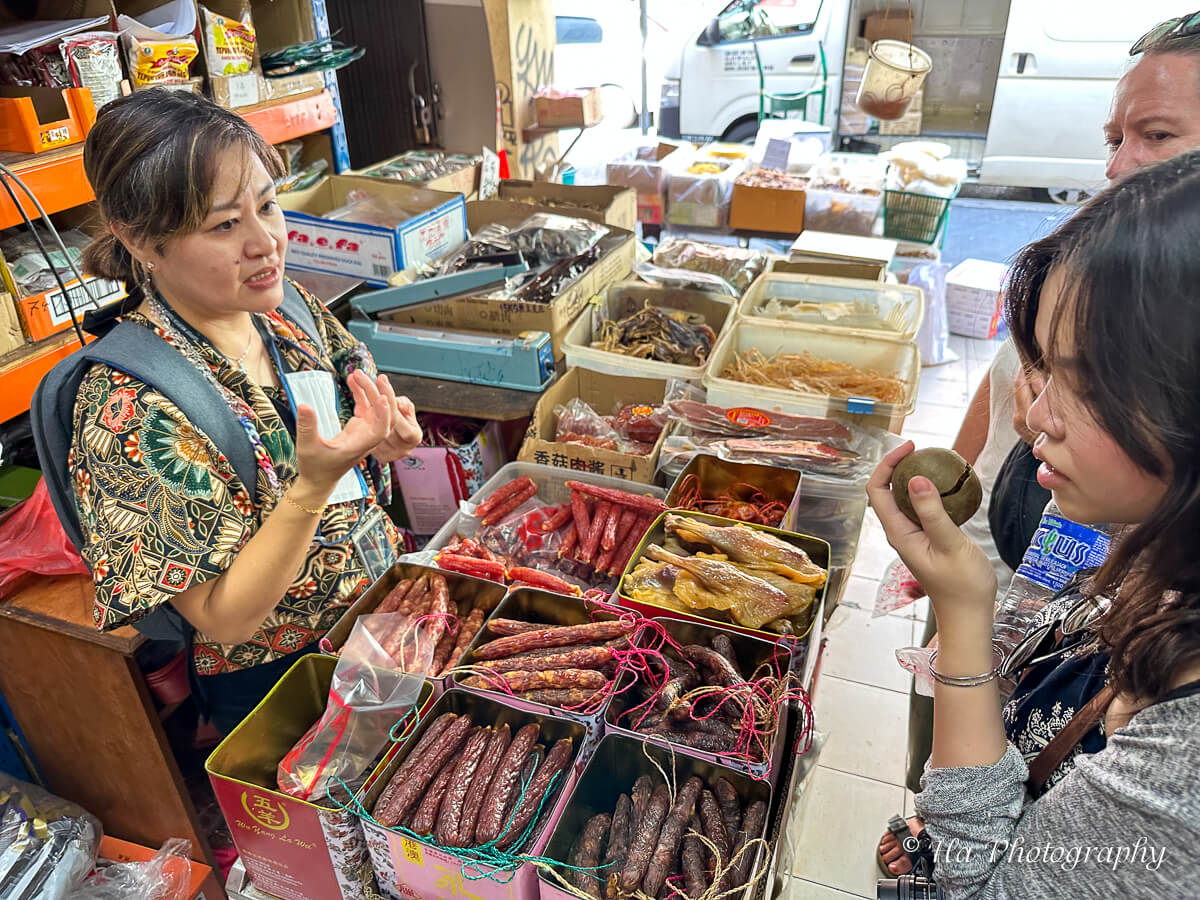
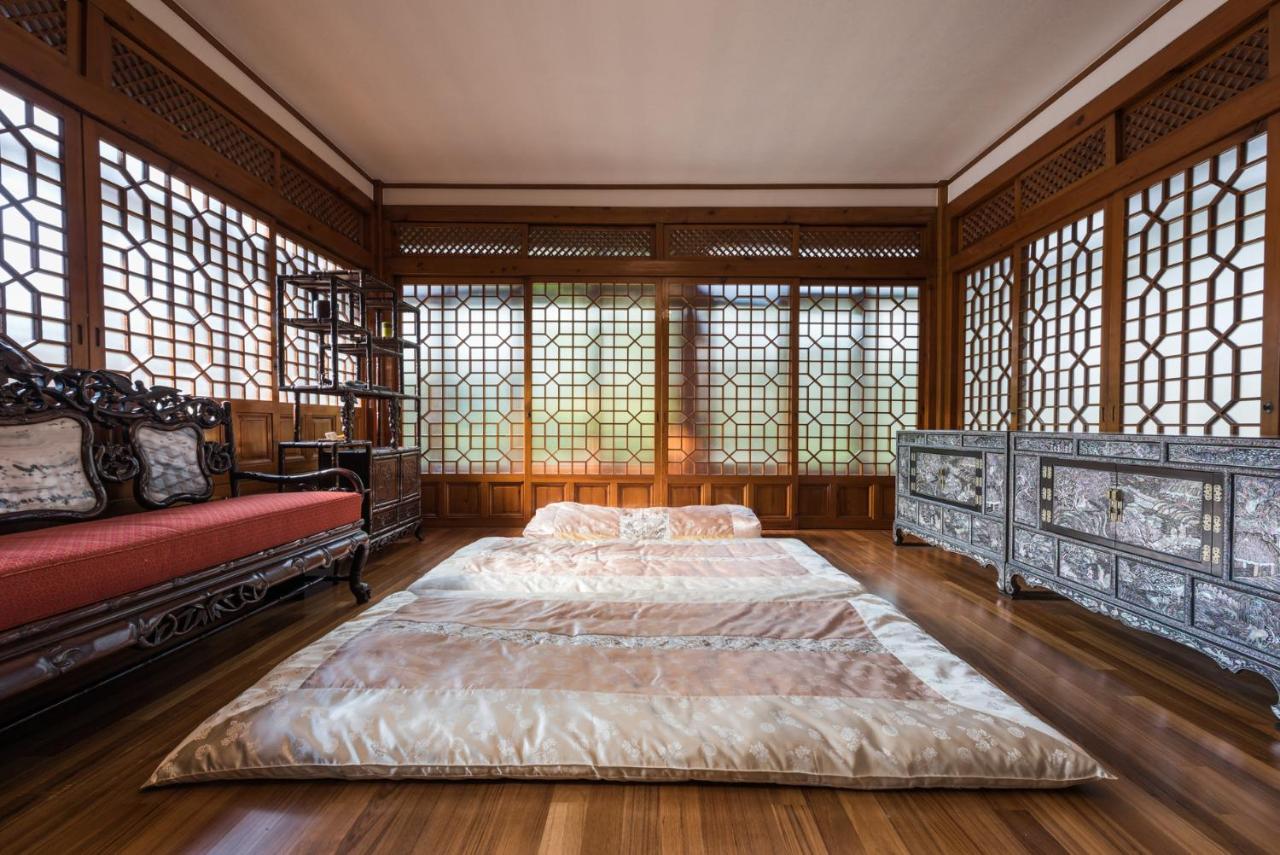

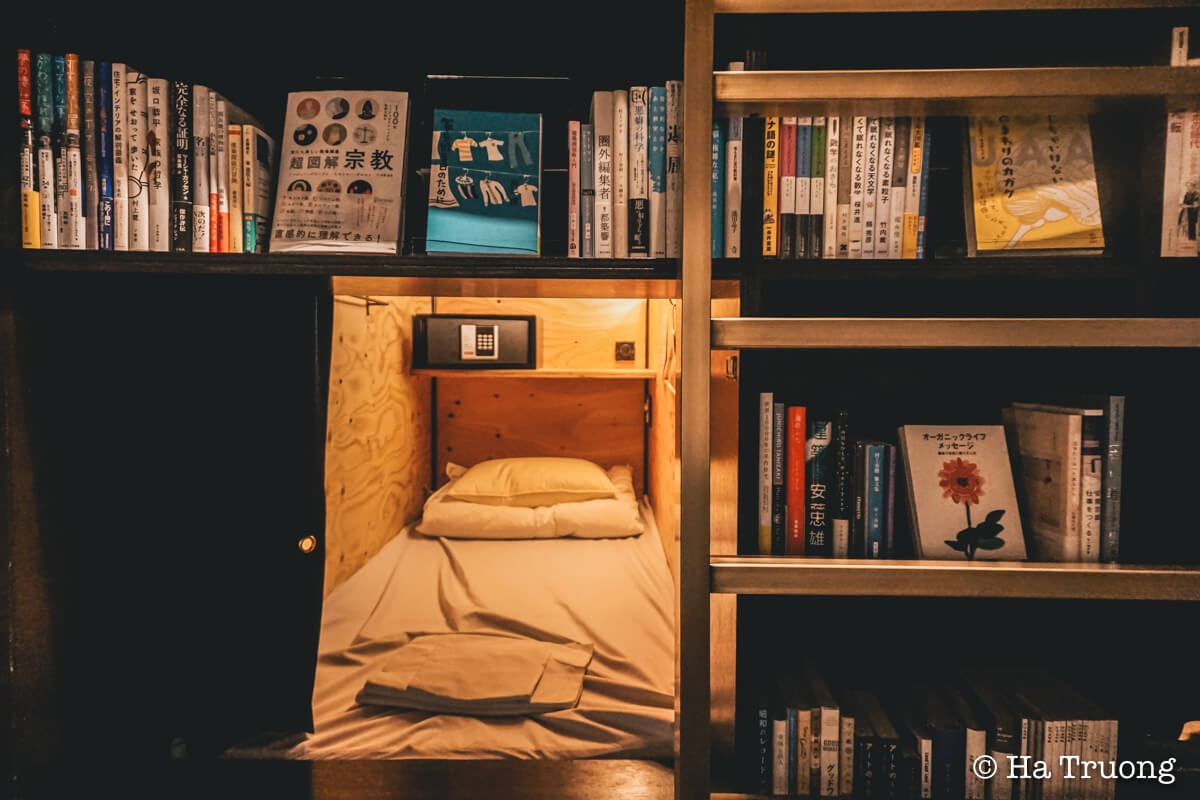
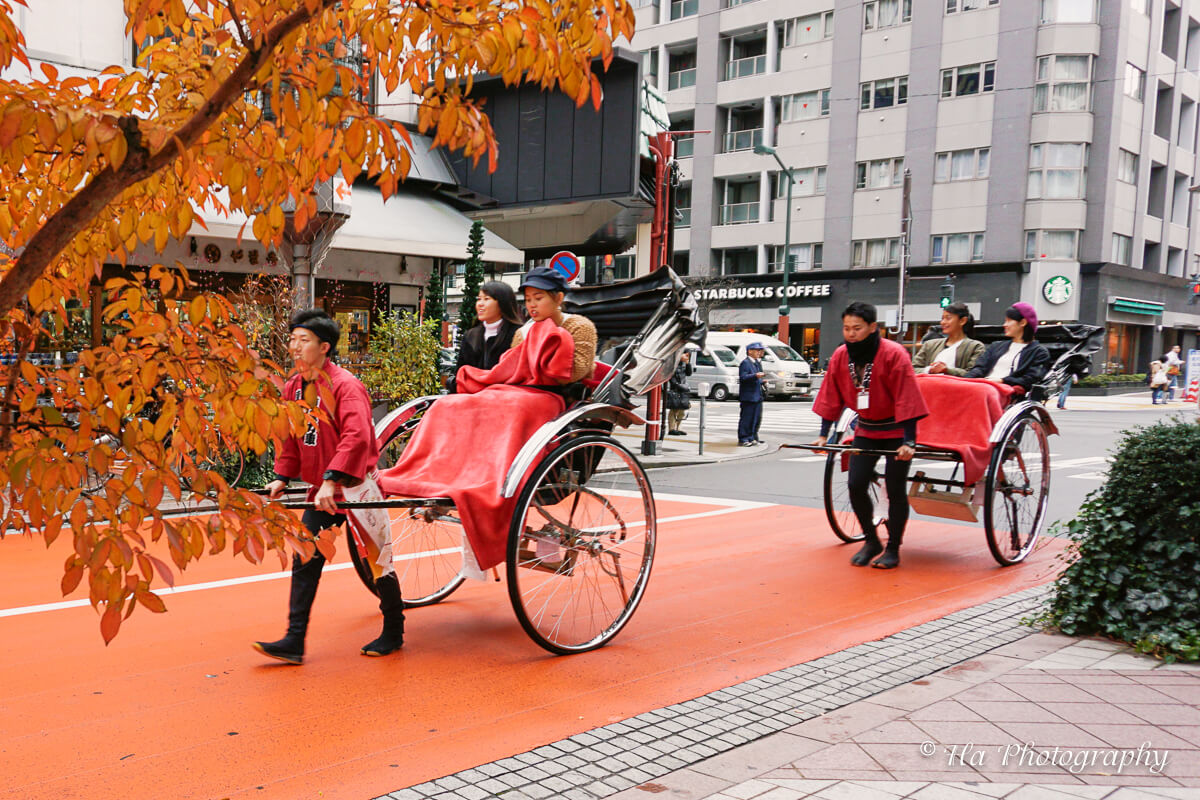
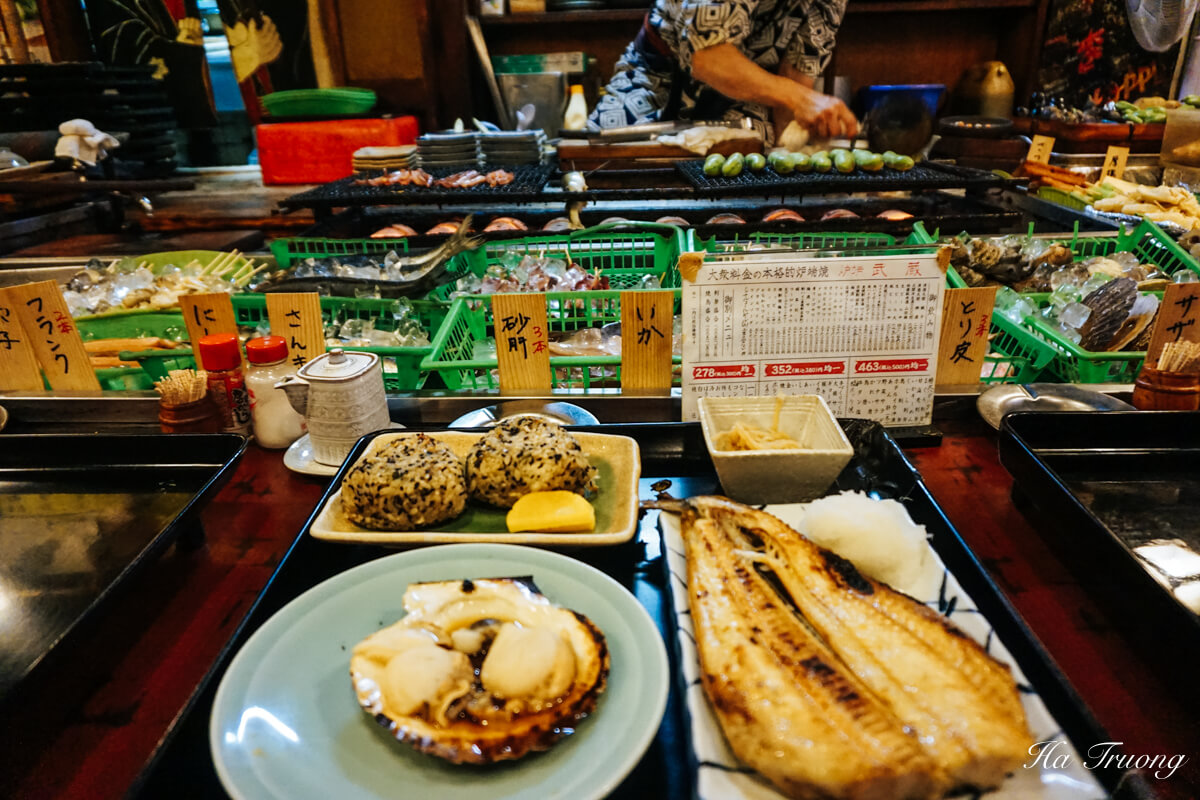
It’s a pity when beautiful historical buildings such as the Kumamoto Castle get destroyed in natural calamities such as earthquakes. Its good to know that they managed to get some of the pieces that had fallen apart to reconstruct and the palace, as it stands today, looks very pretty. I love the typical Japanese architecture, it’s so amazing. Taking a walk along Sakuranobaba Johsaien and trying some Japanese food would be something I’d love to do!
It was haunting to see the destruction from the earthquakes :(
I remember about the earthquake mostly its because it happen a year after we visited Japan. Even though its very sad of the disaster, I must say that I kind of accept a natural disaster because it is the mother nature who is acting. But what I cant accept and get very emotional about are human disasters! Human who destroy the earth and the value things on earth! But luckily, there are aswell people who love to create and I want to think that when something old fall apart something new rise!
Yeah, it’s sad that some people don’t care much about the environment :(
I remember how devastating the earthquake was in Japan that year, so it’s good to see construction still taking place. Kumamoto Castle is stunning, and great to know it’ll be fully restored in a few years. I hope to visit Japan one day and see these places for myself.
I hope you can visit Japan soon :)
Japan… still one of my most desirable places to see. Your photos are beautiful, Kumamoto castle seems to be a perfect place for photographers. I am fascinated by all these small design elements. It is such a shame that Japan is struck that often and heavily by earthquakes. The Kumamoto mascot character I have seen before, but I had no idea that it is from that place.
The architecture of the castle is surely stunning!
Oh, those pictures! It is so disheartening to see the ruins of the castle. The earthquake must have been really devastating. From what remains the castle looks like a beautiful edifice. The Sakuranobaba Johsaien looks a great place too to buy souvenirs and learn more about the culture of Japan. Can’t wait to visit Japan and explore these culture-rich locations.
Hope you can visit Japan soon :)
I’ve been to Japan a couple of times but never Kumamoto. It’s so sad to see the damage done by the earthquake. I hope they are able to make the necessary repairs. My favorite part was seeing the tower that is like a symbol of the city.
Not many visitors visit Kumamoto unfortunately. I hope you can visit this city when you travel to Japan next time.
It is really sad to see how the earthquake of 2016 has ravaged and devastated the Kumamoto Castle. Nevertheless, the castle still looks really impressive and magnificent, towering above everyone else. Definitely still worth a visit!
The castle is still impressive even though it was damaged.
It’s quite disheartening to see the plight of Kumamoto Castle after the destructive earthquake. Nature works in mysterious ways and it’s something beyond human control. But I’m glad to see the Japanese are reconstructing the castle. Their love for preserving their heritage is really commendable. Sakuranobaba Johsaien looks beautiful with its colourful souvenir shops.
It’s really sad to visit the place :(
Reading your post, I remember witnessing the extents of the earthquakes on tv. I am lucky to live in a region where there is one earthquake every decade, and it’s so tiny that we usually don’t even feel it!
It’s a shame that old historical buildings are being destroyed like that, I hope they manage to reconstruct.
They hope to rebuild it by 2021 :)
It’s really sad to see what nature can do. I’m glad the Japanese are working so hard to restore everything. Can’t wait to see it myself!
It’s sad to observe the destruction :(